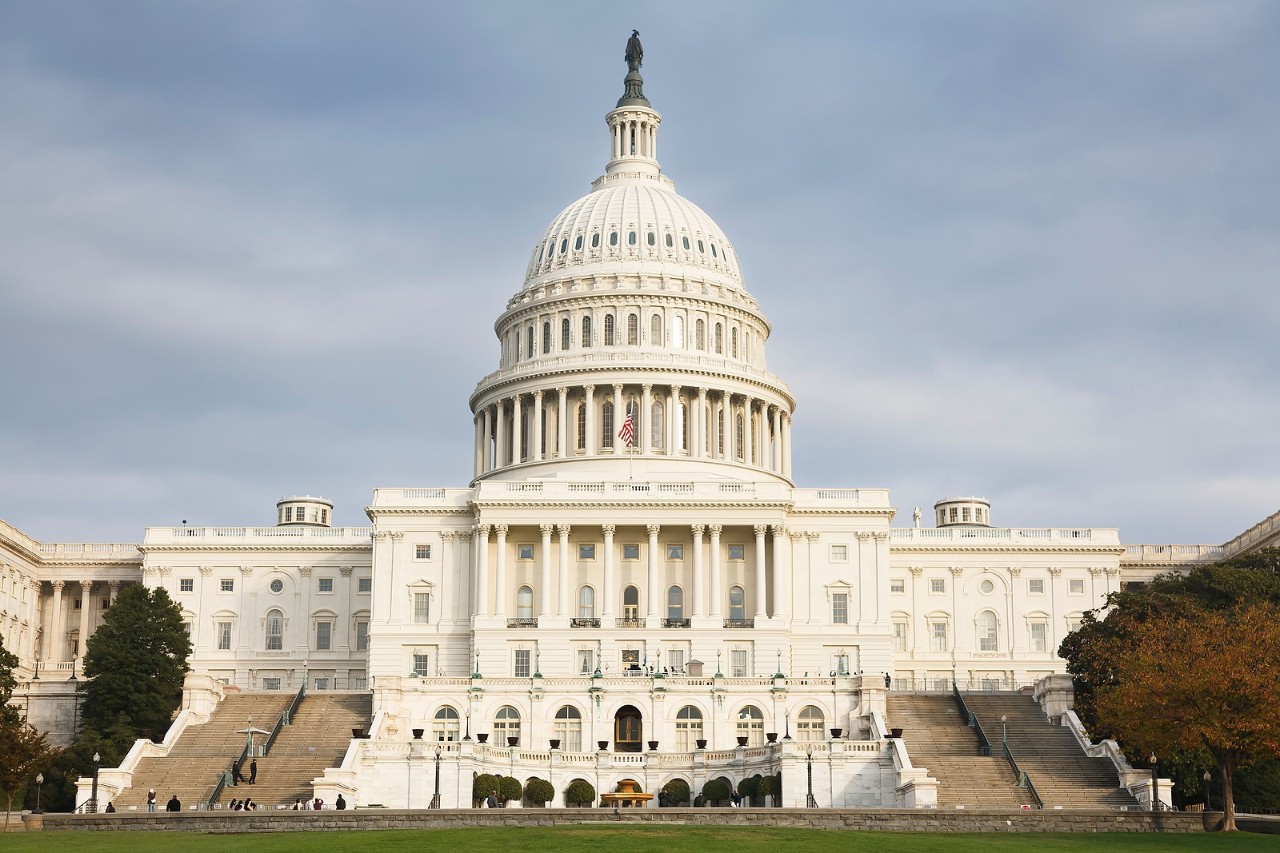Our Thoughts on the Impact of a Government Shutdown
September 22, 2023

As the federal government’s fiscal year draws to a close on September 30, the United States once again faces the prospect of a government shutdown. Lawmakers have returned to Washington after a month-long summer recess with a lengthy to-do list and less than two weeks to reach agreement on spending legislation before the October 1 deadline. To date, attempts at compromise have been unsuccessful, with none of the 12 appropriations bills, which determine the government’s discretionary funding, passing the full House and Senate.
The White House and some congressional leaders are pushing for a short-term continuing resolution to avert a government shutdown if Congress cannot pass longer-term spending bills. However, it is not clear if this will be successful as certain House Republicans have openly embraced the idea of leveraging a government shutdown to reduce federal spending and imbed certain conservative policies in the appropriation bills. As in past government shutdowns, essential services would continue, including law enforcement, border protection, hospital care, air traffic control, and power grid maintenance, as well as mandatory Social Security, Medicare, and Medicaid payments, although some workers performing that work may not receive pay until the shutdown ends.1
Market Expectations
While a government shutdown is not ideal, the implications for the market and economy are less worrisome than a failure to raise the U.S. debt ceiling. In the past, government shutdowns have had relatively minor impacts on the economy and tend to be short-lived. According to the Congressional Budget Office, during the 2018-2019 government shutdown, which is the longest shutdown on record, gross domestic product (GDP) was reduced by about $3 billion (or approximately 0.02% of annual GDP in 2019).2 Additionally, federal government employees are made whole with full back pay as soon as a budget is passed3, further diminishing long-term economic impacts.
During periods of uncertainty, including past government shutdowns, risk-averse investors have typically favored perceived safe havens, including U.S. Treasuries. And while a shutdown would impact many government employees and services, the U.S. government will continue to make payments on Treasury bonds. Unlike the recent debt ceiling standoff, there is no risk of government default on debt. That said, investors may be more sensitive to lawmakers’ inability to pass a budget this time around, as the gridlock follows Fitch’s downgrade of the U.S. credit rating in August, which cited an erosion of governance on fiscal and debt matters.4
Client Implications
We continue to monitor budget talks, but do not expect a government shutdown to have material lasting negative impacts on the economy or financial markets. Shutdowns are fairly common -- occurring 14 times since 1981 -- and while some volatility can be expected over the short term, we do not anticipate broad economic or market impacts that would alter our investment strategy. Additionally, we do not expect the impasse to have a meaningful or extended impact on yield curve levels.
Sources
2 https://www.cbo.gov/system/files/2019-01/54937-PartialShutdownEffects.pdf
4 https://www.fitchratings.com/research/sovereigns/fitch-downgrades-united-states-long-term-ratings-to-aa-from-aaa-outlook-stable-01-08-2023